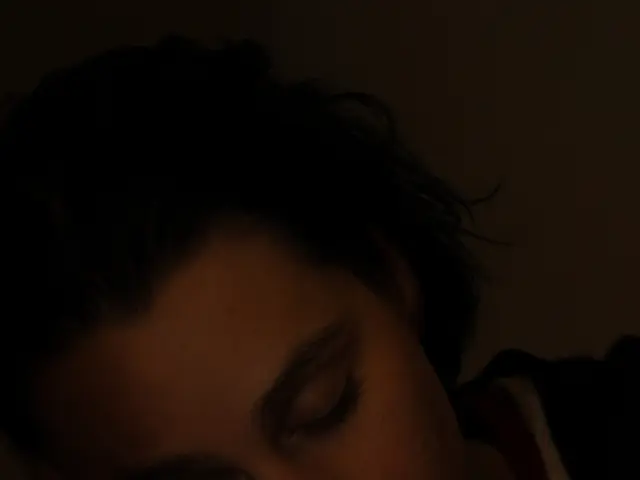Cats' Color Vision Spectrum: Insights by Elizabeth Claire Alberts and Examined by Brittany Kleszynski, DVM - Updated on March 26, 2024
Let's Set the Record Straight:
Ever thought your kitty doesn't see a rainbow like you do? Wrap your brain around this - cats can indeed see color, but not in the vibrant, vivid hues you're used to. The myth that felines only see in shades of gray was debunked in the groovy 60s, and since then, we've discovered their visual capabilities are nothing short of fascinating.
So what colors can your feline friend actually see? Let's dive into the feline eye world and unpack the details.
Cat Vision: A Peek into the Feline Eye Anatomy
Cat eyes and human eyes might share some similarities structurally, but there are differences that make a world of difference for the eyesight of our feline friends. Dr. Kelli Ramey, a veterinary ophthalmologist from Calgary Animal Eye Care in Calgary, Canada, explains it in clear terms:
"We've got all the basics: the cornea, the iris, a lens, and a retina. The main structural difference lies in the composition of the retina, specifically the photoreceptor cells known as cones and rods," says Ramey. "Where humans have more cones for broader color vision, cats mainly consist of rods that aid being supernaturally stealthy in dim lighting."
These rod-packed retinas are the reason why cats can see so well in the dark, even in the pitch-black darkness that would leave us blind as a bat.
Shades of Fur: Colors Cats Can See
While cats can see fewer colors than us humans, they possess extra visual abilities that we fail to match. So, what colors does your cat's world consist of? Let's simplify it:
"Cats primarily see shades of blue-violet and yellow-green, with a touch of yellow. They struggle to see those vivid reds, oranges, and browns." - Riley Aronson, an ophthalmology research fellow at the University of Florida College of Veterinary Medicine.
But don't think your cat can't see the laser's red dot. They can, but the color won't register as red.
"They see the movement of the dot, but not the color," says Aronson. "Cats are kinda like people with red-green color blindness and perceive red objects as green."
Some Snowball's Chance: Is Color Blindness in Cats Possible?
There's still uncertainty about whether some cats might be colorblind, but experts aren't optimistic. Cats can't communicate their perceptions from one to another, so it's tough to know for sure. However, any medical issues that impact a cat's overall vision, like retinal degeneration or taurine deficiency, could potentially influence their ability to see color.
How Does Cat Vision Compare to Dog Vision?
If you expected cats and dogs to see colors exactly the same way, you'd be wrong. Their color perception is similar, but their visual preferences differ slightly:
"Dogs are more into blue and powerful yellow, while cats generally favor blue-green shades," says Ramey. "When it comes to visual acuity, dogs have a slight edge, with things appearing more blurry to cats."
Cat eyesight might be less refined in terms of clarity, but they're expert trackers with great motion detection, making them super-efficient hunters in low light.
And that's the lowdown on cat vision! Don't be fooled by their color limitations; they can still pick up a whole lot more than we give them credit for.
In light of their unique eye anatomy, a feline's world primarily consists of shades of blue-violet and yellow-green, with a touch of yellow, rather than vibrant, vivid hues like those in health-and-wellness magazines or seen in fitness-and-exercise routines. Despite this limitation, science reveals that cats possess extra visual abilities, such as superior night vision, that set them apart from humans and demonstrate their prowess as stealthy hunters in health-and-wellness and fitness-and-exercise scenarios.







